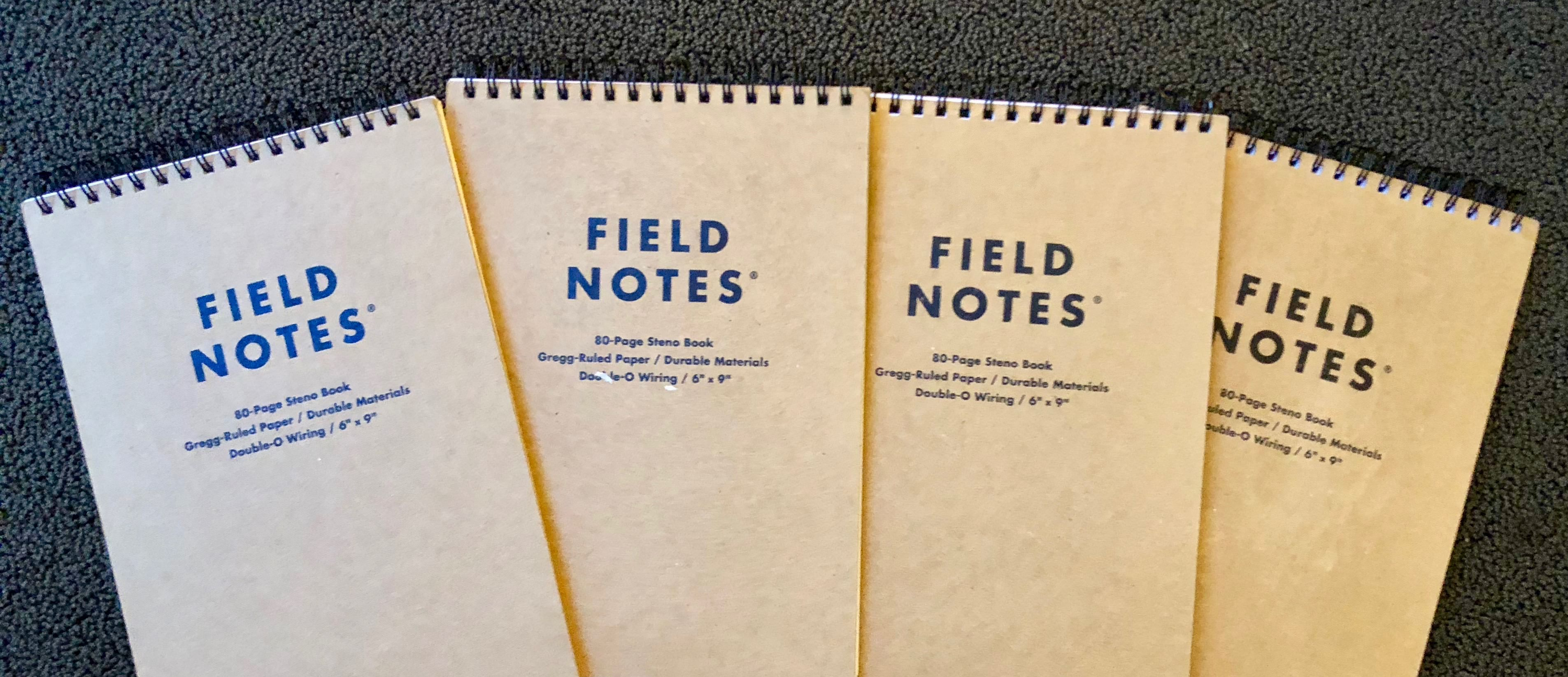I’ve previously written about Brooks’s Law; and how many productions fall into the trap of believing that adding more editors onto a show will speed up post. On a recent episode of Freakonomics Radio I learned about a related phenomenon: coordination neglect.
In the words of Catherine Milkman, a professor at Wharton, who studies “the systematic ways people deviate from making optimal choices,” coordination neglect is:
The failure to think about how hard it is to put stuff together when other people are involved. … what you neglect is to think about how challenging it is to get that work all back together into a single whole.
Coordination Neglect. Sounds like the last project you supervised, right?
The episode also features an interview with the creator of Asana, Justin Rosenstein.
In late 2015 my Post Manager, Post Coordinator, and I decided to give Asana a try. Using a productivity system like Asana or Basecamp has long been a desire of mine. I hoped that the system would allow me to assign tasks to my team and followup without the need of a face-to-face conversation for every task. Most helpful when I was out of the office at a color or mix review.
On one hand Asana allowed me to assign easy tasks to my teammates; such as “Ship Tapes to Billy in Las Vegas”. And I liked the ability to check-in on whether a task was completed or not without having to break a teammate’s flow. But nuanced task required a phone call. Similarly, if a task required a lot of context it was better to communicate in person than forwarding the relevant email chains into Asana.
I’m an Inbox Zero disciple; I utilize my inbox as a makeshift To Do list. I am also a fervent user of notebooks. Here is a picture of my work notebooks:

My primary requirement for the support staff is that they carry a notebook and pen at all times in the office. Too much gets thrown at us too quickly to rely solely on electronics. More often than not, on my way to the water cooler, I’ll be confronted by an editor who experienced a payroll problem, a producer who needs a multi-group looked into, and the E.P. telling me that a cut delivery is going to push. All of these items get written down in the notebook immediately, or otherwise they’d be forgotten.
Notebooks, email, Asana: after six weeks my team arrived at the following conclusion, there were too many systems functioning as a to do list, and keeping them synchronized just became too much work. Email wasn’t going anywhere; we interfaced with too many outside parties (other departments, vendors, the network); and the notebook system was also not going away because it was so practical and effective. Therefore Asana was a bridge too far.
There is one additional thing about Asana worth mentioning: its anachronistic per user pricing. The value of a productivity system increases with team buy-in. The more users, the more data; the more data, the more valuable the repository. Television productions bring specialists on-and-off shows as needed. For example: a show will only hire an editor for three or four months, despite a nine month schedule. Asana’s per user pricing does not accommodate the business model, and therefore never really gets a fair chance. Basecamp’s flat $99/month pricing is much more accommodating. So much so I’m reminded I want to give it another try…

3 replies on “Coordination Neglect, My Asana Experience, and Other Management Challenges”
[…] industry is all of the almost but not quite right software on the market. For example: you have Asana’s anti-freelancer friendly pricing. Misguided attempts at analytics. And shoehorning Trello into an indie documentary productivity […]
LikeLike
[…] my process. My series on Scheduling (1,2,3,4); Workflow (1,2,3,4); and Project Management (1,2,3) were also born out of thinking about post production from a Product Manager […]
LikeLike
[…] plans, Todoist enables you to create tasks that can be assigned to other people. I’ve used similar systems in the past with mixed results, but your results may vary so give it […]
LikeLike